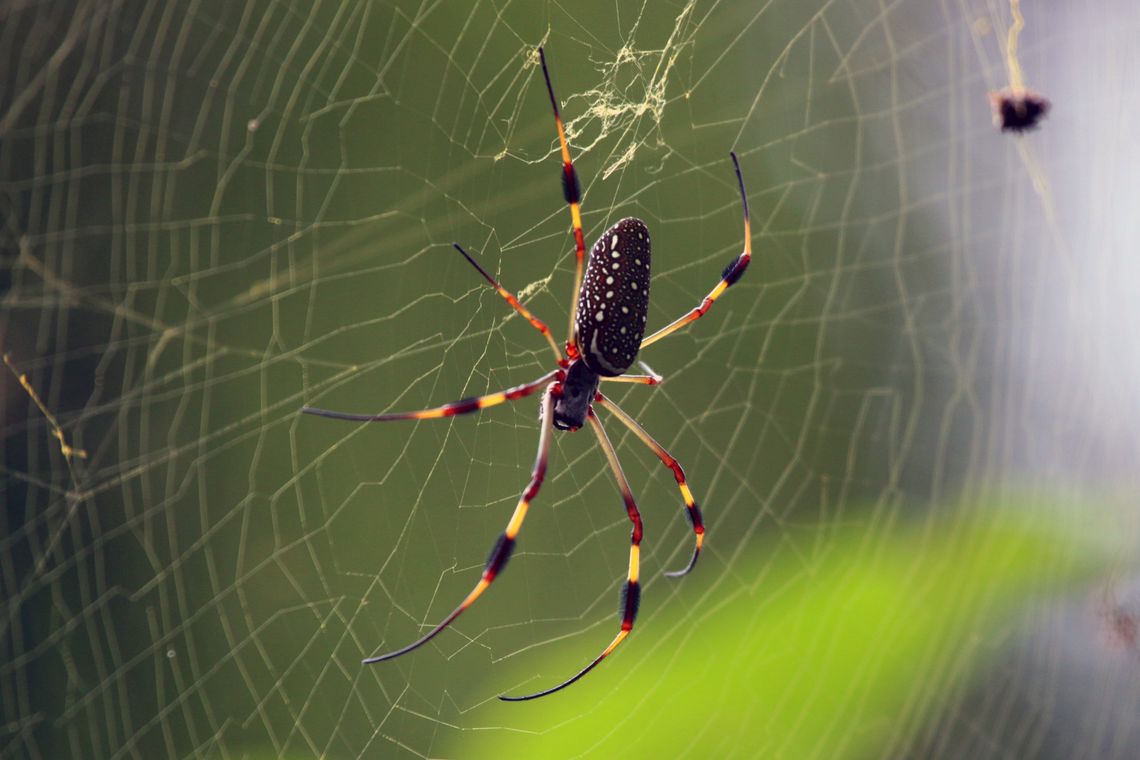Nothing gets my little family in high gear and moving more than the sight of an 8 legged spider.
The little old English nursery rhyme Little Miss Muffit could be mentioned here:
Little Miss Muffet
Sat on a tuffet,
Eating her curds and whey;
Along came a big spider,
And sat down beside her
And frightened Miss Muffet away.
Recently our family time in my mancave was briefly interrupted by the sight of a rather large one spotted by Mikella, my 8 year old.
Dad to the rescue!
Reason being is that many spiders are venomous to humans.
While a pastor at Jayess one of our young ladies was was bitten in her groin while at work in Brookhaven by a brown recluse that put her into many surgeries before stopping the advancing poison in her body.
Let's talk about beneficial SPIDERS!
We have a golden orb weaver in these parts, officially called Trichonephila clavipes (Linnaeus), a large spider often seen on webs stretched across trails in the woods.
(I know I've walked into too many to count LOL).
These spiders, like most spiders, are venomous but are harmless to humans.
They feast on horse flies, deer flies, wasps and other flying pests that I'm sure you would much rather not have around.
These spiders may give you a scare, but they're very docile and they'd basically have to be pressed against your skin to make them bite.
Big, ugly but not bad.
Another 'friendly' large spider we have in these parts is a black and yellow garden spider (Argiope aurantia), often called a "writing spider" because of the intricate zig-zag patterns they make in the middle of their webs.
It's believed that they make these zigzags to help their webs be spotted by large critters like birds and humans to help minimize the chances that the webs are accidentally hit and destroyed.
The large spiders you see in the web are the females and the significantly smaller spiders are the males.
Bites are extremely rare and would be similar to a bee sting, the average person wouldn't have any adverse reactions but someone who is highly allergic to venom might feel the effects more.
These spiders will eat pretty much anything that gets tangled in the web and aren't able to escape from flying insects to small lizards. PLEASE leave these awesome spiders to spend their days eating the very pests you don't want around.
Big, ugly but not bad.
God bless you and God bless America.
.png)

Comment
Comments